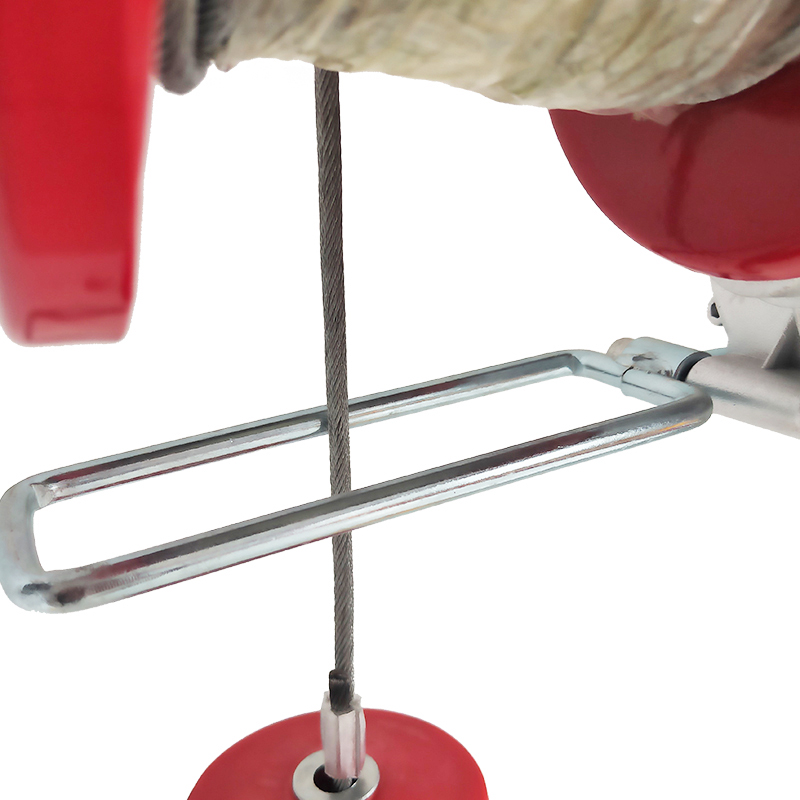


Understanding Chain Hoist Prices Factors and Insights
When it comes to material handling and lifting equipment, chain hoists are essential tools commonly used in construction, manufacturing, and warehouse settings. Their importance cannot be overstated, as they facilitate the efficient movement of heavy loads, ensuring safety and productivity in various industries. One of the most significant considerations for businesses and contractors looking to invest in a chain hoist is the price. This article will explore the factors that influence chain hoist prices and provide insights to assist potential buyers in making informed decisions.
1. Type of Chain Hoist
The price of a chain hoist largely depends on the type selected. There are manual chain hoists, electric chain hoists, and pneumatic hoists, each serving different functions and operating under unique conditions. Manual chain hoists tend to be more affordable, as they do not require electrical components or sophisticated mechanisms. However, they may not be suitable for very heavy loads or repetitive lifting tasks. Electric chain hoists, while more expensive upfront, offer greater efficiency and less physical labor, especially in industrial applications. The choice between these types will significantly impact pricing.
2. Lifting Capacity
The required lifting capacity is another crucial factor affecting chain hoist prices. Hoists are rated for specific weight loads, and higher capacity models typically come at a higher cost. Businesses should evaluate their lifting needs carefully to avoid overspending on unnecessary capacity. However, it is essential not to underbuy either, as attempting to lift loads beyond a hoist’s capacity can lead to accidents or equipment failure.
3. Brand Reputation and Quality

The brand associated with the chain hoist also plays a significant role in its price. Established and reputable brands that have a history of reliability and performance tend to command higher prices but often provide better warranties and customer support. Investing in a quality brand can lead to long-term savings by reducing maintenance costs and downtime.
4. Additional Features
Modern chain hoists may come with additional features that enhance their functionality and safety. Variable speed controls, remote controls, overload protection, and increased durability can all add to the price. While these features may increase the initial investment, they can contribute to operational efficiency and safety, making them worth considering.
5. Market Trends and Economic Factors
Finally, external market trends and economic factors can affect the pricing of chain hoists. Fluctuations in raw material costs, shipping fees, and demands within the construction and manufacturing sectors can all influence prices. Buyers should stay informed about market conditions to time their purchases effectively.
Conclusion
Understanding the various factors that influence chain hoist prices is essential for businesses looking to invest in these valuable tools. By considering the type of hoist, lifting capacity, brand reputation, additional features, and market conditions, potential buyers can make informed decisions that align with their operational needs and budget constraints. Ultimately, a well-chosen chain hoist can improve productivity, enhance safety, and provide a solid return on investment.



